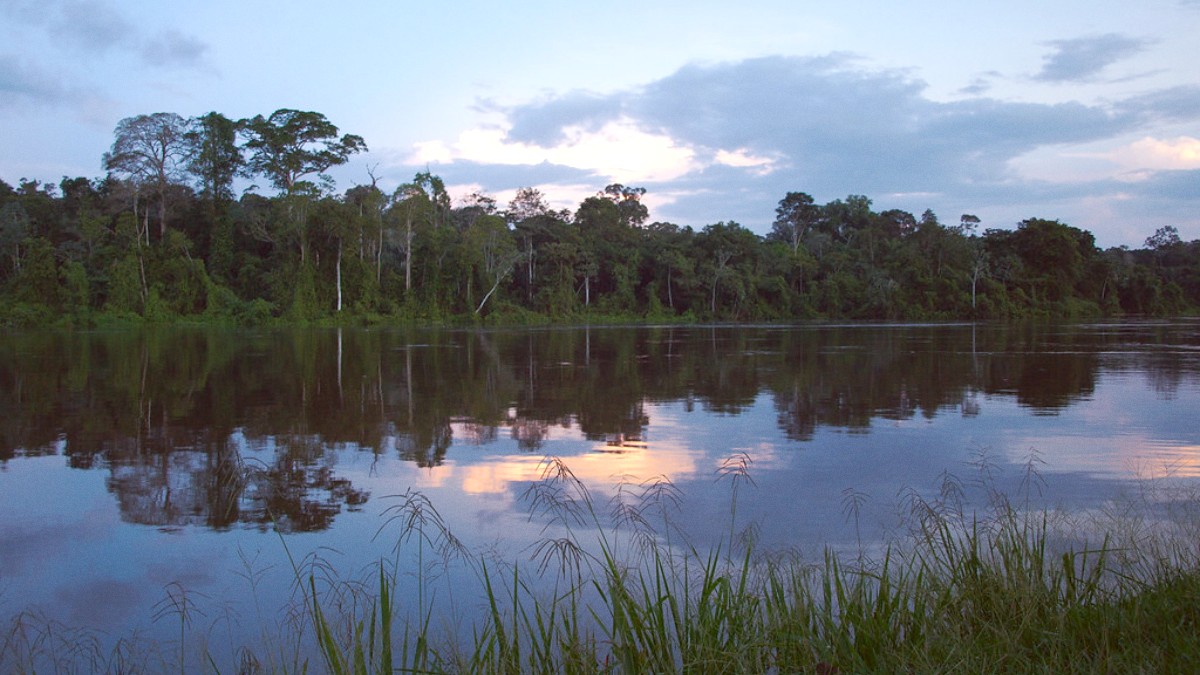
The Guianas
Suriname occupies a special place on the Guiana Shield, one of the world's most pristine and biodiverse regions. Bordered by the Atlantic Ocean to the north, French Guiana to the east, Guyana to the west, and Brazil to the south, it is the smallest independent nation in South America. The country is largely covered by dense tropical rainforest, a part of the Amazon basin, home to an incredible variety of plant and animal life.
The Dutch established a permanent presence in the 17th century, developing a plantation economy. This system used enslaved people brought from West Africa.
The legacy of slavery resulted in Maroon communities, descendants of enslaved Africans who escaped into the rainforest and formed independent societies, preserving African traditions. After slavery's abolition in 1863, indentured laborers arrived from India, Java, and China, shaping today's diverse society. Suriname gained full independence from the Netherlands on November 25, 1975. Paramaribo's historic inner city, an UNESCO World Heritage site, attests to this layered history, displaying unique wooden colonial architecture. The coexistence of diverse religious structures within the city speaks to the nation's commitment to religious tolerance.
Capital City: Paramaribo, an UNESCO World Heritage site.
Official Language: Dutch. Sranan Tongo, a Creole language, is also widely spoken, serving as a common language among different ethnic groups. English is understood in tourist areas.
Currency: Surinamese Dollar (SRD). USD and EUR are also commonly accepted for exchange.
Climate: Tropical, with consistent high temperatures and high humidity year-round. Two rainy seasons and two dry seasons mark the year.
Nature: Vast areas of pristine Amazon rainforest, part of the Guiana Shield. Home to diverse wildlife, including monkeys, jaguars, sloths, and hundreds of bird species. Outstanding protected areas include Central Suriname Nature Reserve, Brownsberg Nature Park, and Galibi Nature Reserve.
A rich fusion of traditions from its diverse ethnic groups, apparent in its cuisine, music, festivals, and architecture.
Appeals to adventurous travelers, nature lovers, culture enthusiasts, and those seeking unique, off-the-beaten-path experiences.
Paramaribo a comfortable base.
Trips to the interior need rugged preparation.
Suriname invites travelers to explore its green heart, taste its diverse flavors, and connect with its rich, complex history. It is a journey unlike any other in South America.
The landscape slopes from a low, swampy coastal plain, with rich agricultural land and mangrove forests, to the central savanna and then to the highlands in the south. These highlands include the Tumuk Humak Mountains, part of the border with Brazil. Many rivers crisscross the country, including the Suriname, Commewijne, and Maroni rivers. They serve as transportation arteries and sources of life for interior communities. These waterways are often the only way to access remote jungle lodges and villages, making boat travel a core part of exploring Suriname beyond Paramaribo.
The country's waterways are often the sole path to remote jungle lodges and villages. Boat travel forms a central part of exploring Suriname's interior beyond Paramaribo.
The majority of the population lives in the narrow coastal plain, with Paramaribo, the capital, standing as the largest urban center. Its historic core is an UNESCO World Heritage site.
Suriname invites exploration of its green heart, a taste of its diverse flavors, and a bond with its rich, complex history. It presents a journey quite distinct in South America.
From its diverse population rooted in global migrations to its vast Amazonian rainforest, the nation presents an unique South American experience.
Paramaribo, its capital, showcases a rare blend of Dutch colonial architecture and diverse religious sites, reflecting centuries of peaceful coexistence. This overview will assist you in preparing for a memorable visit.
Pristine Amazon rainforest, home to rich biodiversity and unique ecosystems.
UNESCO site with unique wooden colonial architecture and religious diversity.
Suriname presents an ideal destination for those seeking a departure from typical tourist trails, offering deep cultural immersion and wild natural beauty.
Among the most forested countries globally, with vast untouched rainforests.
Part of one of the world's last pristine wilderness areas.
Absorbs more carbon than it emits, due to its dense forests.
Bauxite (aluminum ore) has historically been a major export. Gold mining has grown in significance, especially in the interior.
Exploration and production of offshore oil and gas reserves are developing. This presents a growing sector for the economy.
Rice, bananas, and palm oil are agricultural products. The fertile coastal plain supports these industries.